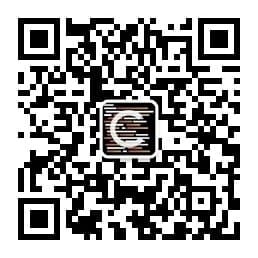在iOS 8中,[UIScreen bounds] 、[UIScreen applicationFrame] 、Status bar、Keyboard这些frame都是根据设备真实方向来返回frame的,而在iOS 7中,不过是横屏还是竖屏,iOS总是返回竖屏的frame,如以下输出:
iOS 7:
竖屏:
UIScreen.mainScreen().bounds: (0.0,0.0,320.0,568.0)
横屏:
UIScreen.mainScreen().bounds: (0.0,0.0,320.0,568.0)
iOS 8:
竖屏:
UIScreen.mainScreen().bounds: (0.0,0.0,320.0,568.0)
横屏:
UIScreen.mainScreen().bounds: (0.0,0.0,568.0,320.0)这就对某些支持横屏的App造成了困扰,其实也只需要加两个宏或者改造一下就行了:
#define SCREEN_WIDTH (getScreenSize().width)
#define SCREEN_HEIGHT (getScreenSize().height)
CGSize getScreenSize() {
CGSize screenSize = [UIScreen mainScreen].bounds.size;
if ((NSFoundationVersionNumber <= NSFoundationVersionNumber_iOS_7_1) &&
UIInterfaceOrientationIsLandscape([UIApplication sharedApplication].statusBarOrientation)) {
return CGSizeMake(screenSize.height, screenSize.width);
}
return screenSize;
}
虽然 contentInset 不属于屏幕适配的内容,但是我还是放在屏幕适配里说一下。iOS8 和 iOS7 对 automaticallyAdjustsScrollViewInsets 属性的解释不一样:
- iOS8 会把该属性的影响作用到 controller 的 view 的 subviews 上
- iOS7 仅会作用到 self.view 上
另外当你还需要手动调用 contentInset 的时候,iOS7 似乎就不会自动调整了。解决办法就是将 automaticallyAdjustsScrollViewInsets 设置为 NO,然后自己控制 contentInset。
